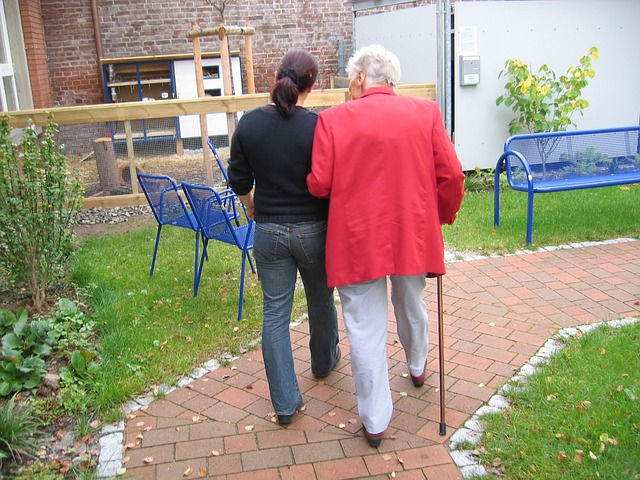Government Programs That Pay for Caregiver Services
- Brian Qualls

- Jul 12, 2019
- 3 min read
Updated: Nov 2, 2019
If you have a loved one who needs caregiver services, you might be looking for ways to help the person pay for their care. Your state might offer assistance with additional services beyond those described in this article provided by the AARP, or might not cover some of the items, but here is a general overview of some government programs that pay for caregiver services.
Short-Term Caregiver Services and Medicare
If your loved one is eligible for Medicare, he might get a limited amount of short- term care through Medicare. The requirements for these services include:
He is recuperating from an injury or illness.
His doctor expects him to return to his previous level of health.
He meets the Medicare eligibility criteria.
His doctor created a plan of care for him.
The services are reasonable and necessary to treat his illness or injury.
He only needs the services on a temporary basis.
If your loved one does not need medical treatment or needs services 24 hours a day, Medicare will not provide an aide. Medicare does not give assistance for personal services only. Help with preparing meals, dressing, bathing and similar items are personal care and not covered under Medicare in the absence of necessary medical treatment.
Long-Term Care to Stay Out of the Nursing Home
The government realized it can be far less expensive to provide services that allow a person to continue living at home, rather than pay for residence in a nursing home.
One plan (available in California and several other states) to help people remain in their home is the Program of All-Inclusive Care for the Elderly (PACE). If your loved one is a Medicare or Medi-Cal/Medicaid enrollee, he can get nursing-home level care in his own home. The recipient does not have to pay a deductible or copayment for the services, medical treatment, or even prescription drugs. PACE can provide skilled nursing, hospice and an in-home caregiver. It is whatever his PACE health care team decides he needs.
The PACE requirements include:
Enrollment in Medi-Cal/Medicaid or Medicare
Being 55 years or older
Meeting his state’s certification rules for needing nursing home-level care
With PACE services, he can live safely in the community.
He lives in an area that PACE serves. Some states do not participate in the PACE program.
If your loved one is not on Medicare or your state does not offer the PACE program, he might qualify for Home and Community-Based Services (HCBS), also called the waiver program. This program can help your loved one get a high level of care at home, so she does not have to move into a nursing home or another institutional facility.
The requirements for and services of the Medicaid waiver program vary from state to state. In general, she needs to:
Be enrolled in Medicaid.
Meet her state’s criteria for level-of-care and functional eligibility.
Have a plan of care from her doctor.
Meet the income and asset restrictions for her state.
Once she qualifies, depending on the circumstances, she can get a home health aide, skilled nursing, hospice, adult day services and personal care. Some states offer meal programs, transportation to medical care, case management and help with shopping, bill paying and other services.
Every bit helps when it comes to caring for an aging loved one, including the government programs that pay for caregiver services described here, long term care insurance, and personal savings. It is important to remember to take it a day at a time and try not to get too concerned and stressed out in the process.
References:
AARP. “Need Help Paying for Your Loved One’s Caregiver?” (accessed June 12, 2019) https://www.aarp.org/caregiving/home-care/info-2018/help-paying-for-caregiver.html?intcmp=AE-CAR-LEG-EOA2






Comments